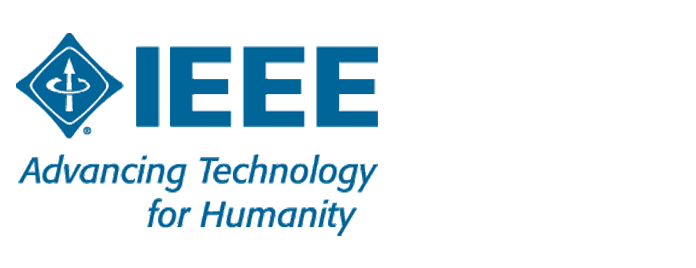Geographic information - Discrete Global Grid Systems Specifications - Part 1: Core Reference System and Operations, and Equal Area Earth Reference System
This document is the first of a family of standards. This document supports the definition of:
(1) Discrete Global Grid Systems (DGGS) core comprising: an RS using zonal identifiers with structured geometry, and functions providing import, export and topological query,
(2) Common spatio-temporal classes for geometry, topology, RS using zonal identifiers, zonal identifiers and zones, based on ISO 19111 CRS. The spatio-temporal scope is constrained to: spatial elements that are invariant through all time, and temporal elements that are invariant across all space.
(3) Equal-Area Earth Reference Systems (EAERSs) for Equal-Area Earth DGGS.
(1) Discrete Global Grid Systems (DGGS) core comprising: an RS using zonal identifiers with structured geometry, and functions providing import, export and topological query,
(2) Common spatio-temporal classes for geometry, topology, RS using zonal identifiers, zonal identifiers and zones, based on ISO 19111 CRS. The spatio-temporal scope is constrained to: spatial elements that are invariant through all time, and temporal elements that are invariant across all space.
(3) Equal-Area Earth Reference Systems (EAERSs) for Equal-Area Earth DGGS.

ISO 19170-1:2021
https://www.iso.org/standard/32588.html

